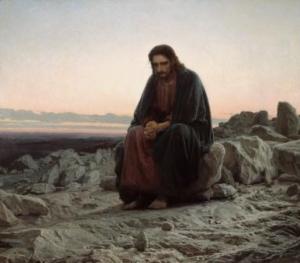Recently I posted on my decision to leave as Lead Pastor of Resurrection. Today I am writing about my decision to train for interim ministry.
Every new beginning comes from some other beginning’s end
Semisonic’s “Closing Time”
I was introduced to transitions twenty years ago with William Bridges book, Transitions: Making Sense of Life Changes. Bridges describes every transition as having three parts.
1. An Ending
2. An In-between Period of Confusion/Distress
3. A new Beginning.
Each part needs attention. For example, right now I am in the midst of an ending as I prepare to leave Resurrection. Ending always have some element of grief and pain, even when they are chosen endings. Bridges writes “Those who had chosen their transitions tended to minimize the importance of endings, almost as if they felt that to acknowledge that an ending was painful would be to admit that the transition was a mistake.” Leaving a group of people who you love is hard.
The second part of a transition is often neglected in our instant society. People and congregations like to rush immediately to the new beginning. “Let’s call a new pastor as soon as possible!” Sometimes a congregation is ready to call a new pastor. Often they are not.
Before rushing to the new beginning, individuals and congregations need to pause and assess where they are and what God is doing. Bridges calls this time “The Neutral Zone.” I prefer to call it “The Wilderness Time,” remembering both the wilderness stories of Exodus and Jesus. The Israelites spent forty years between the time they left slavery in Egypt and prior to their new start in the land of Canaan. They wandered in the wilderness. Jesus spent forty days in the wilderness after his baptism. His was a time of intense prayer as to what his ministry would be.
And the Spirit immediately drove Jesus out into the wilderness. He was in the wilderness forty days, tempted by Satan; and he was with the wild beasts; and the angels waited on him. (Mark 1:12-13)
The wilderness period can be an intensely spiritual time because the armor of daily routine and thought are cracked wide open. The Spirit has new ways to penetrate the hardness of our hearts. It can also be a time of darkness and temptation, yet such temptations can be points of new wisdom as well, “for angels waited on him.”
Intentional Interim Ministry is for the wilderness time in a congregation’s life. When a long-tenured pastor leaves, an interim pastor is hired to serve a short contract (6-18 months) to shepherd the congregation through a time of assessment as it prepares to call a new pastor. These “temporary shepherds” may need to deal with certain issues (past conflict, neglect, staff concerns to name just a few) as well as help the leadership prepare for their next pastor.
I sense a call to this kind of intense but short-duration ministry. My own prayer life is centered on the phrase, “Be still and know that I am God” Psalm 46:10. During an interim a congregation needs to be still and discover whose they are. I believe I have the wisdom, experience, patience and pastoral skills to assist congregations during their transition. Time will tell.
I will start the specialized training for Intentional Interim Ministry on Monday, October 26. Prayers appreciated.





 As you read the Gospels, place yourself in the story. See yourself in the mirror of scripture. And receive the life Jesus has to offer.
As you read the Gospels, place yourself in the story. See yourself in the mirror of scripture. And receive the life Jesus has to offer.








